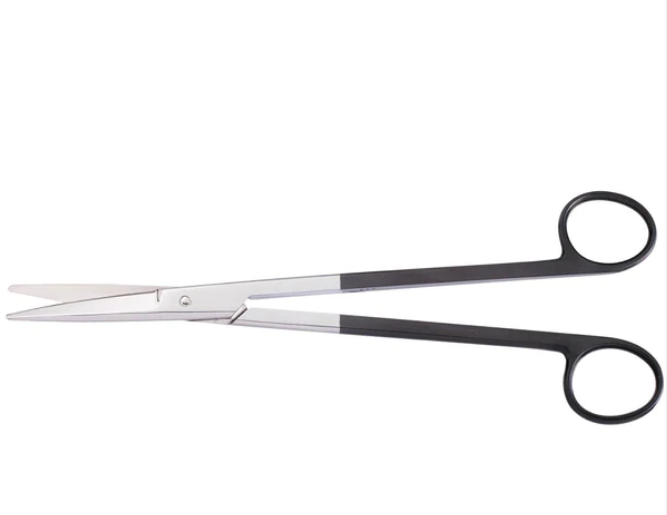
In the dynamic landscape of cardiovascular surgery, the constant evolution of instrumentation plays a pivotal role in meeting the demands of the ever-advancing field. As surgical procedures become more intricate, there is an increasing need for innovative tools that enhance precision, efficiency, and patient outcomes. In this blog post, we will explore some of the latest breakthroughs in cardiovascular instrumentation that are revolutionizing surgical practices, particularly in the context of the USA.
Advancements in Minimally Invasive Techniques
One of the remarkable trends in cardiovascular surgery is the shift towards minimally invasive techniques. Innovations such as robotic-assisted surgery and advanced catheterization procedures have significantly reduced the invasiveness of surgeries. Surgeons can now perform complex cardiovascular procedures through small incisions, minimizing trauma to the patient and expediting the recovery process.
These minimally invasive approaches are made possible by cutting-edge instrumentation, including high-resolution cameras and precision-controlled robotic arms. These tools provide surgeons with enhanced visibility and control, allowing them to navigate through intricate cardiovascular structures with unprecedented accuracy.
Integration of Artificial Intelligence (AI)
Artificial intelligence has permeated various sectors, and cardiovascular surgery is no exception. AI algorithms are being integrated into instrumentation to analyze complex data in real-time, aiding surgeons in decision-making and improving overall procedural outcomes. These smart systems can interpret imaging data, identify anomalies, and even assist in predicting potential complications during surgery.
Moreover, AI-driven instrumentation contributes to personalized treatment plans by considering individual patient factors. This not only enhances the precision of procedures but also ensures that interventions are tailored to the unique characteristics of each patient.
Wireless Monitoring and Communication
The demand for real-time monitoring in cardiovascular surgeries has led to the development of wireless instrumentation. These devices allow for seamless communication between different components of the surgical setup, promoting collaboration and coordination among the surgical team. Real-time data transmission enables swift decision-making, particularly in critical situations, ultimately contributing to improved patient safety.
Wireless monitoring also extends to postoperative care, facilitating continuous patient monitoring during the recovery phase. This level of connectivity ensures that any post-surgical complications can be promptly addressed, enhancing overall patient care.
Enhanced Biocompatible Materials
Innovations in cardiovascular instrumentation are not limited to technological advancements alone; there is also a focus on improving the materials used in these devices. The development of enhanced biocompatible materials reduces the risk of adverse reactions and promotes better integration with the patient’s cardiovascular system.
These materials exhibit improved durability and compatibility, leading to longer-lasting implants and reduced chances of complications. As a result, patients benefit from cardiovascular instrumentation that not only addresses immediate surgical needs but also contributes to the long-term success of the intervention.
The field of cardiovascular surgery is experiencing a paradigm shift driven by innovative instrumentation. From the adoption of minimally invasive techniques and AI integration to wireless monitoring and improved biocompatible materials, these advancements collectively aim to meet the evolving demands of surgical procedures. As Peak Surgicals continues to stay at the forefront of these innovations, patients in the USA can expect cutting-edge cardiovascular care that prioritizes precision, safety, and personalized treatment approaches.
Peak Surgicals remains committed to pushing the boundaries of cardiovascular instrumentation, ensuring that surgeons have access to the latest tools to deliver optimal patient outcomes.






